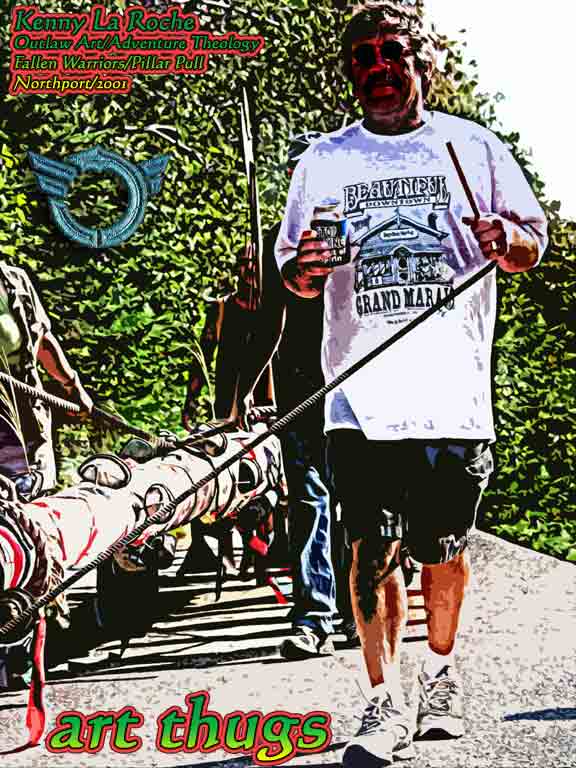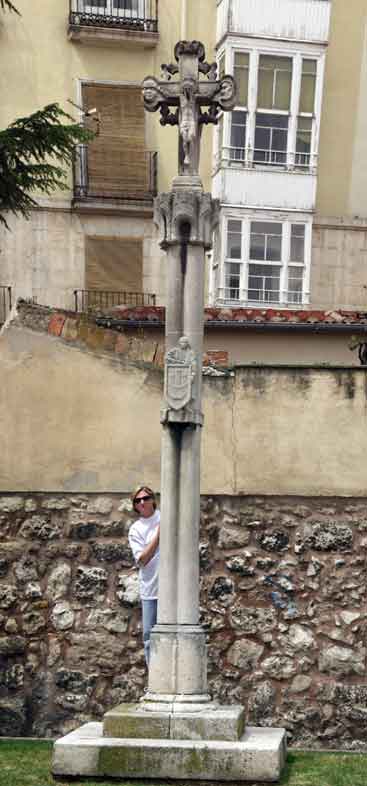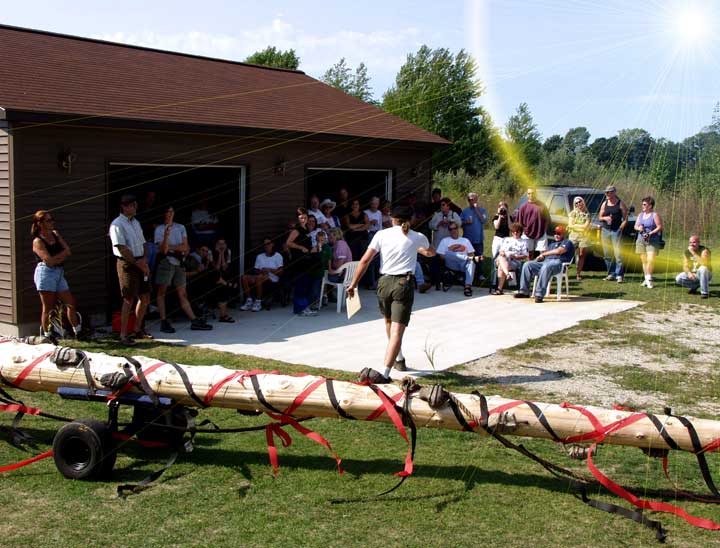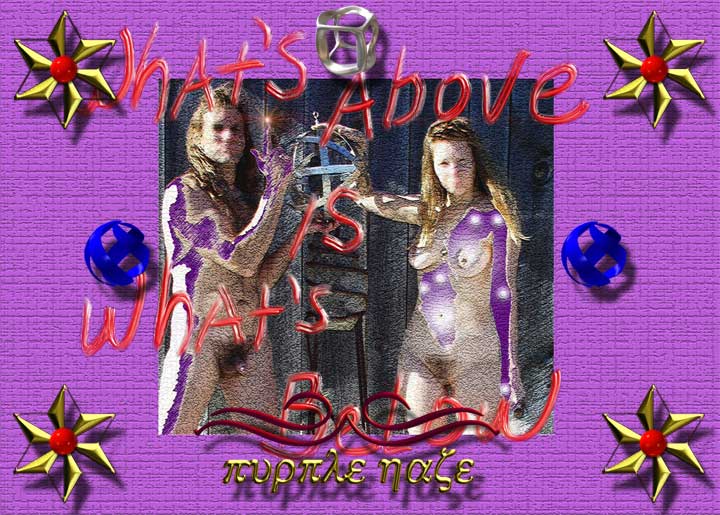 |
 |
 |
 |
||||||||
 |
|||||||||||
 |
 |
||||||||||
 |
|||||||||||

All Processions draw their symbolic resonance from the act of Pilgrimage with its indications of progress & the shedding of earthly weights and material existence. J.E. Cirlot writes: "every procession is a rite which gives substance to the concept of the cycle and passage of time, as is proved by the fact of its returning to the point of departure."
The Pillar to the right is in Burgos, Spain and is set near the Cathedral. Burgos is a main stop on the ancient Pilgrimage route to Santiago de Compostela in Northwestern Spain. A pilgrimage is not aimless wandering; it is purposeful and always implies a goal which is usually sacred. "Pilgrimage symbolizes the journey back to Paradise or to the Center; man, as a stranger in the world of manifestation, journeys back to his true home. All pilgrimage is made difficult, symbolizing the difficulty of regaining Paradise or finding spiritual enlightenment." The Pilgrim road to Santiago in Spain has been operating since about 800AD and on average carrys between a half-million to 2 million pilgrims a year. Goethe claimed that Europe as a geopolitical entity was created on the road to Santiago. During the medieval, the pilgrim road was the only place you would meet a foreigner without trying to kill him.



